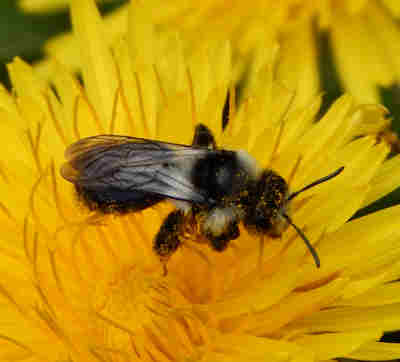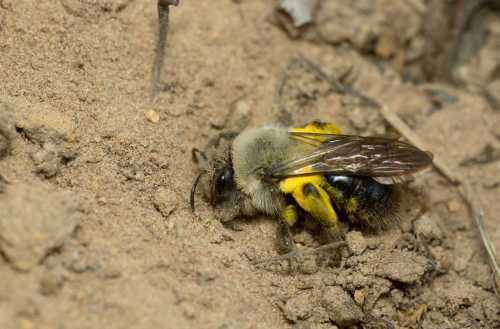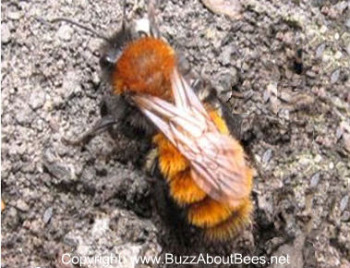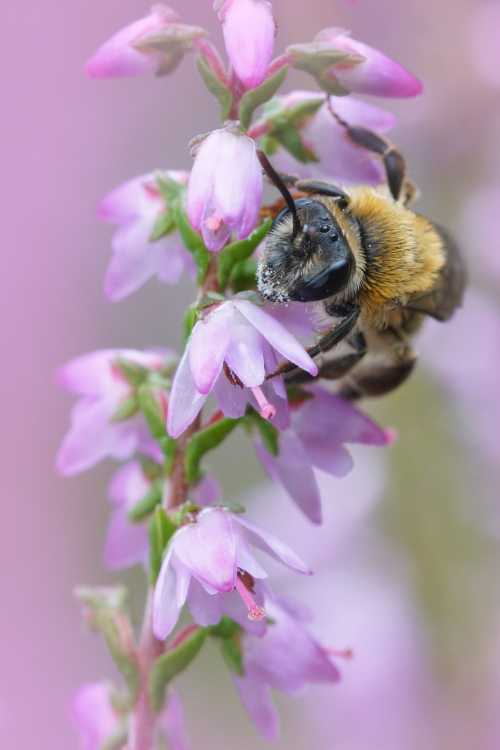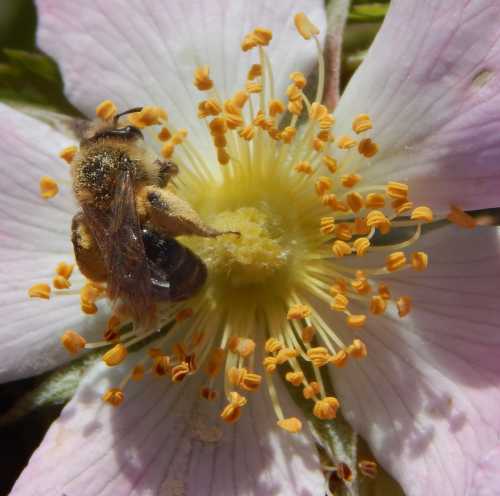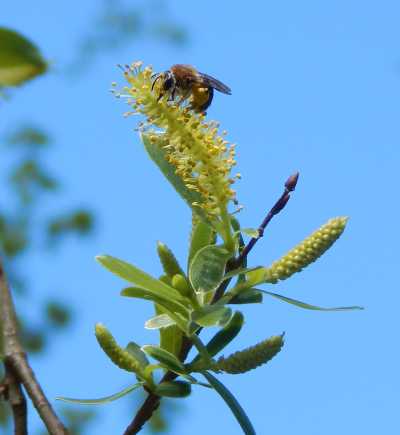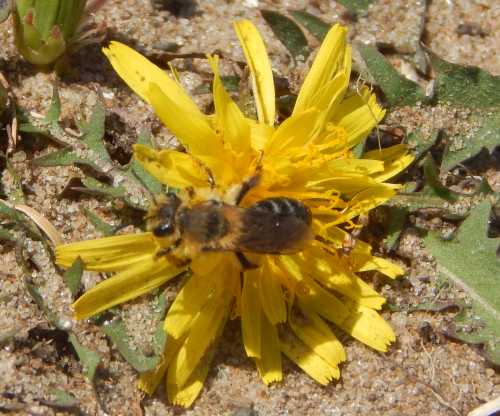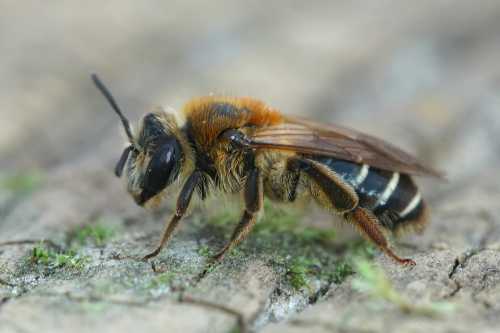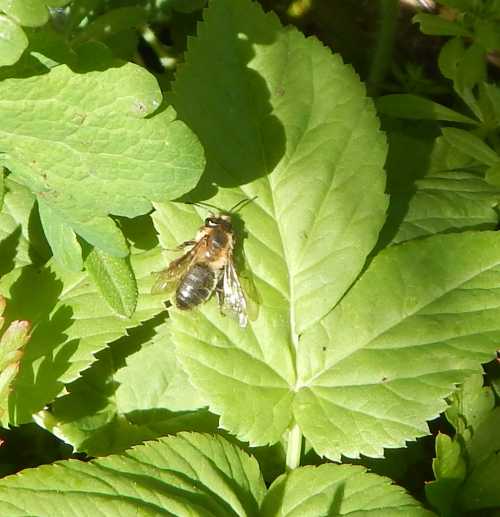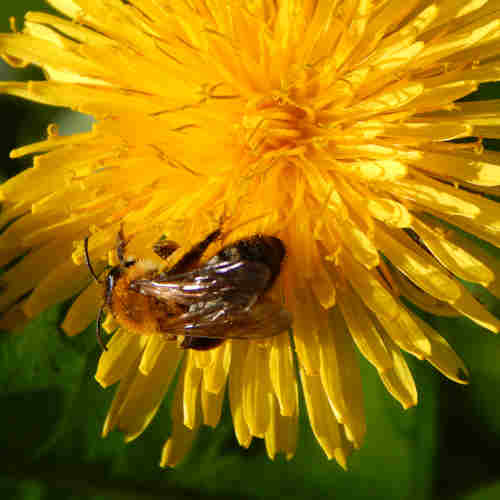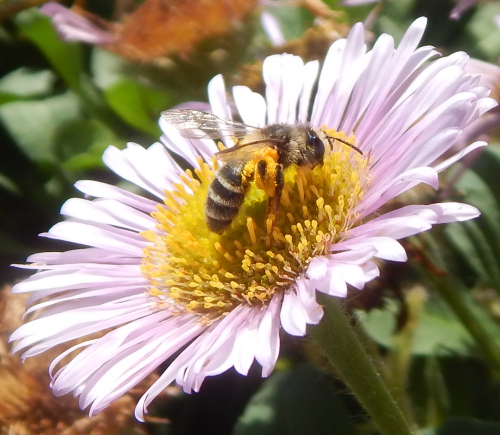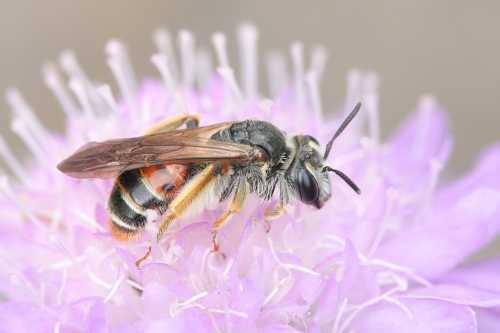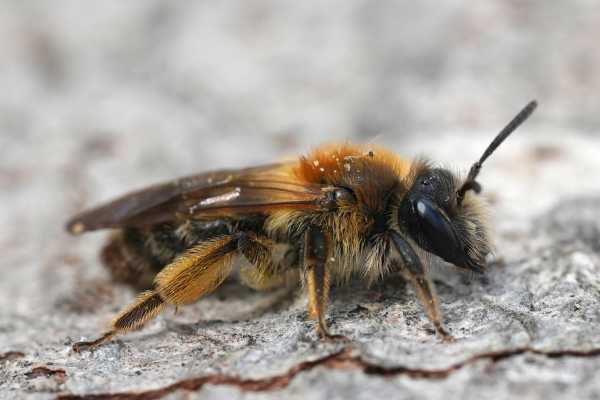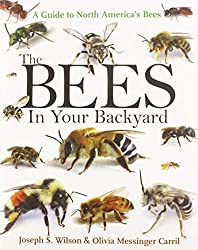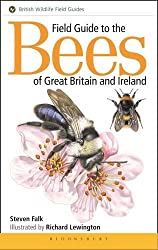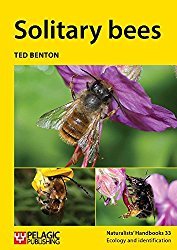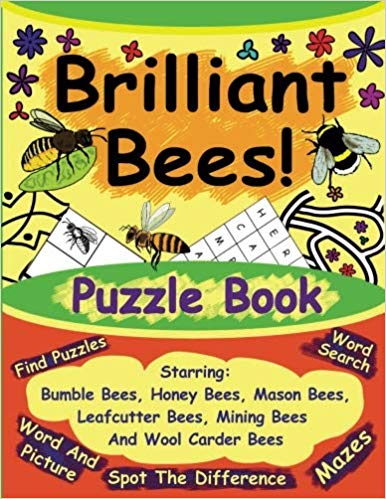Mining Bees - Andrena
Mining bees (‘Andrena’)
are one of the largest groups of solitary bees. It is believed to
consist of over 1,400 known species of bee across the world.
About Mining Bees
Mining bees vary greatly in size, from nearly an inch long to extremely tiny - those from the genus Perdita can be smaller than 0.1 inches and are some of the smallest bees in the world.
As their may suggest, mining bees are ground nesters.
Pictured below is the tawny mining bee – Andrena fulva. Adults are endearing little creatures. The females having reddish orange hair, with black undersides, whilst males are duller, and smaller than females.
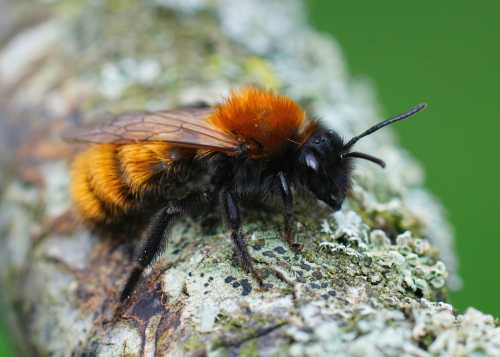 Above: Tawny mining bee – Andrena fulva
Above: Tawny mining bee – Andrena fulva'Andrena' is the Greek name for 'buzzing insect'.
These bees nest in the earth, often (but not always) in aggregations (groups) that can number anywhere between 5 and 2,000 individual bees, and in some species, females will share a nest tunnel entrance, yet have their own separate nest tunnels.
Locations for nests can vary. The Ashy mining bee, Andrena cineraria is thought to prefer sloping sites.
The Grey-patched mining bee, Andrena nitida will nest in flat formal lawns but also sheep-grazed hillsides.
In gardens, evidence of mining bees may be seen if you come across little mounds of earth in lawns, borders, or even in pots, resembling worm casts. Alternatively, you may see holes in a bare patch of soil.
Mining bees are categorized as short-tongued species.
Andrena species are one of the main target host species of the cleptoparasitic bee genera, Nomada (nomad bees).
Typical life cycle of common species
Adults emerge from their nests, some species appearing quite early. After mating, the female seeks a place to nest.
Like other female solitary bees, she sets about making egg cells, and in each one she lays an egg and provides both pollen mixed with some nectar on which the individual larva can feed.
Each individual egg cell is made, provisioned, then sealed up before the next cell is made.
Some common questions about mining bees in the garden
What do mining bees eat?
Like other bees, they eat nectar and pollen from flowers, but the foraging preferences (the particular flowers they like to forage from) will differ depending on the species.
Some are generalists (meaning they will feed from many types of flowers) whilst others are specialists, feeding only from select flower species.
Are mining bees aggressive or dangerous?
I am not aware of any aggressive or dangerous species.
How big are mining bees?
It depends on the species and the country. They may range from a few millimeters to almost an inch in some parts of the world.
Read about specific mining bee species
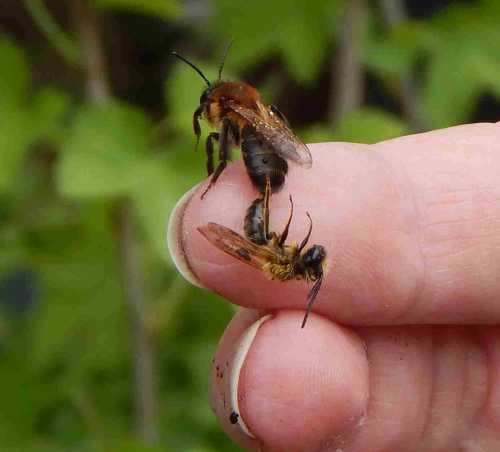
The Chocolate Mining Bee - Andrena scotica
Ashy Mining Bee - Andrena cineraria
Grey-backed Mining Bee - Andrena vaga
Tawny Mining Bee - Andrena fulva
Heather Mining Bee - Andrena fuscipes
Painted Mining Bee - Andrena fucata
Orange-tailed Mining Bee - Andrena haemorrhoa
Sandpit Mining Bee - Andrena barbilabris
Short-fringed Mining Bee - Andrena dorsata
Buffish Mining Bee - Andrena nigroaena
Grey Patched Mining Bee - Andrena nitida
Grey-banded Mining Bee - Andrena denticulata
Large Scabious Mining Bee - Andrena hattorfiana
Red Girdled Mining Bee - Andrena labiata
Groove-faced Mining Bee - Andrena angustior
If you found this page helpful or interesting, I'd really be grateful if you would share it with others - if not this page, perhaps another, such as Gardening For Bees.
Thank you so much :) .
